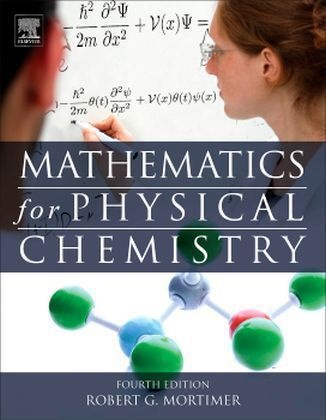Read more
"Principal Facts and Ideas. Problem solving is the principal tool for learning physical chemistry. Problem solving can be approached in a systematic way. Many problems involve numerical calculations involving measurable quantities. A measured quantity consists of a number and a unit of measurement. The SI units have been officially adopted by international organizations of physicists and chemists. Consistent units must be used in any calculation. The factor-label method can be used to convert from one unit of measurement to another. Reported values of all quantities should be rounded so that insignifi- cant digits are not reported. Objectives After you have studied the chapter, you should be able to: analyze a problem and design a procedure for solving the problem; 4 1. Problem Solving and Numerical Mathematics carry out the numerical procedures use in solving a simple problem; use numbers and units correctly to express measured quantities; understand the relationship of uncertainties in measurements to the use of significant digits; use consistent units, especially the SI units, in equations and formulas; use the factor-label method to convert from one unit of measurement to another. 1.1 Problem Solving Techniques of problem solving are applicable to many intellectual areas. There is a useful little book on problem solving by G. Polya, 1 and much of our discussion of problem solving is based on this book. Most physical chemistry problems are stated verbally, like the so-called 'word problems' of elementary school. The information contained in the statement of the problem generally includes a statement of the physical system involved, some information about the state of the system, and a statement of the desired outcome"--
List of contents
Preface 1. Problem Solving and Numerical Mathematics2. Mathematical Functions3. Problem Solving and Symbolic Mathematics: Algebra4. Vectors and Vector Algebra5. Problem Solving and the Solution of Algebraic Equations6. Differential Calculus7. Integral Calculus8. Differential Calculus With Several Independent Variables9. Integral Calculus With Several Independent Variables10. Mathematical Series11. Functional Series and Integral Transforms12. Differential Equations13. Operators, Matrices, and Group Theory14. The Solution of Simultaneous Algebraic Equations with More than Two Unknowns15. Probability, Statistics, and Experimental Errors16. Data Reduction and the Propagation of ErrorsIndex
Report
"The text is extremely clear and concise delivering exactly what the student needs to know in a pinch - nothing more, nothing less. It is an indispensable resource for any student of physical chemistry." --Gregory S. Engel, Harvard University
"Mathematics for Physical Chemistry is a comprehensive review of many useful mathematical topics...The book would be useful for anyone studying physical chemistry." --Daniel B. Lawson, University of Michigan-Dearborn"The student will derive benefit from the clarity, and the professional from a concise compilation of techniques stressing application rather than theory.. Recommended." --John A. Wass, Scientific Computing and Instrumentation

